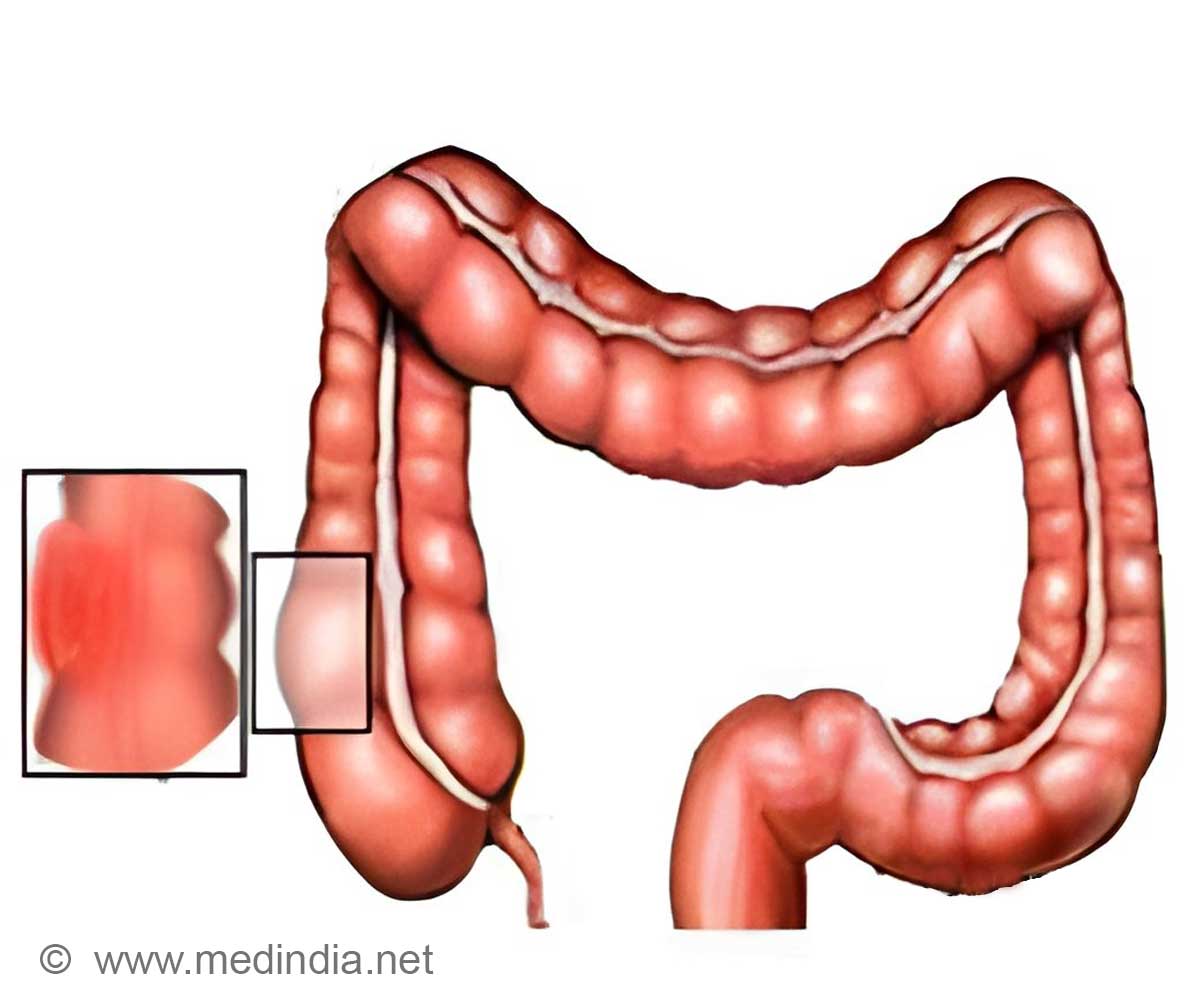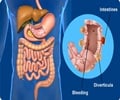Inhibiting an enzyme known as soluble epoxide hydrolase, sHE, may abolish risk of obesity-induced colonic inflammation, found study.

‘Inhibiting an enzyme known as soluble epoxide hydrolase, sHE, may abolish risk of obesity-induced colonic inflammation.’





As the authors point out, more than one-third, or 34.9 percent, of adults in the United States are obese, and obese individuals have a 30-60 percent higher risk of developing colorectal cancer, the third most common and the second leading cause of cancer-related death in the nation. Colon inflammation is an early warning sign of this cancer, and the new research shows why and how obesity increases risk.
In this study, the investigators used a liquid chromatography tandem mass spectrometry (LC-MS/MS)-based metabolomics approach to analyze the profiles of signaling lipids in the colon of groups of lean and obese mice. This allowed them to identify new bioactive lipids which are deregulated in the colon tissues of obese mice. "Metabolomics is a very powerful tool to find new biomarkers and pathways of human diseases," says first author Wang. "We found that the concentrations of sEH-produced metabolic products are higher in colons of obese mice. This leads to our discovery that sEH is over-expressed in the colons of obese mice and it is involved in obesity-induced colonic inflammation." To validate their findings, the research team used three different approaches to investigate the roles of sEH in obesity-induced colonic inflammation. These included using two different sEH inhibitors in experiments as well as a knockout mouse genetically modified not to produce sEH. Results were similar in all cases, reports co-first author Jianan Zhang, no relation to her professor. "Blocking the enzyme prevents the mouse from developing colonic inflammation. Even in the mice on a high-fat diet, by inhibiting sEH you can completely block colon inflammation," she says.
To explore further, the researchers conducted another study in both lean and obese mice who had experimentally-induced colon inflammation. They used molecular analyses to follow a pathway called Wnt because about 90 percent of sporadic colorectal cancers have activating mutations within the Wnt pathway, the professor notes. They found that obesity increases activation of Wnt signaling in the colon, but it too can be eliminated by the two different inhibitors and the knockout.
Source-Eurekalert















